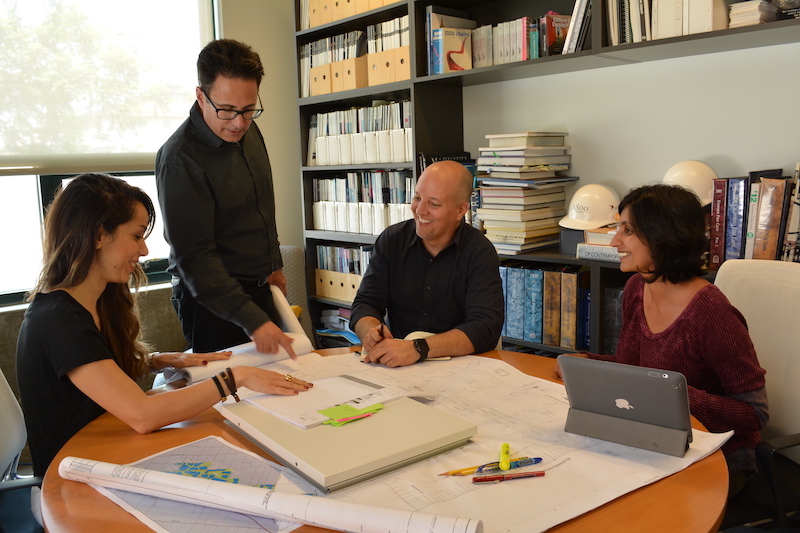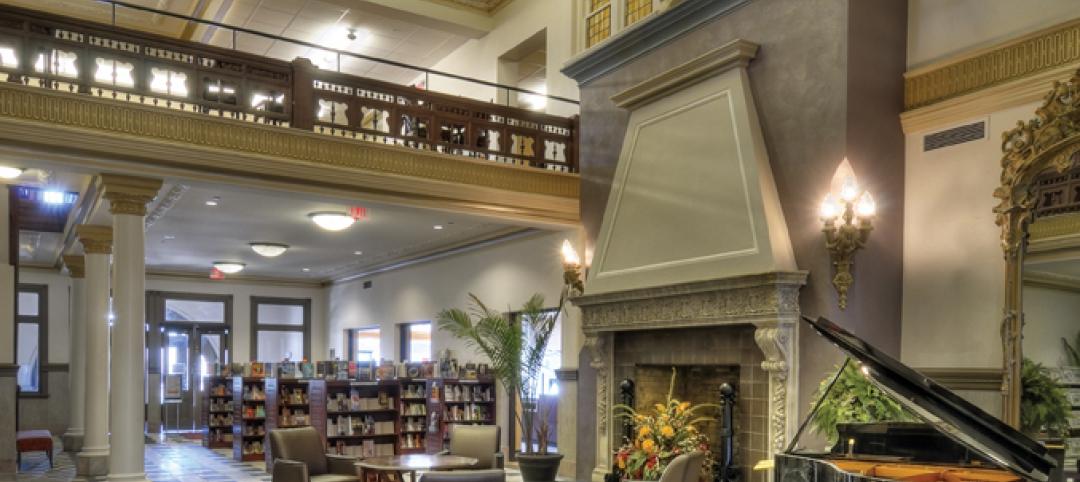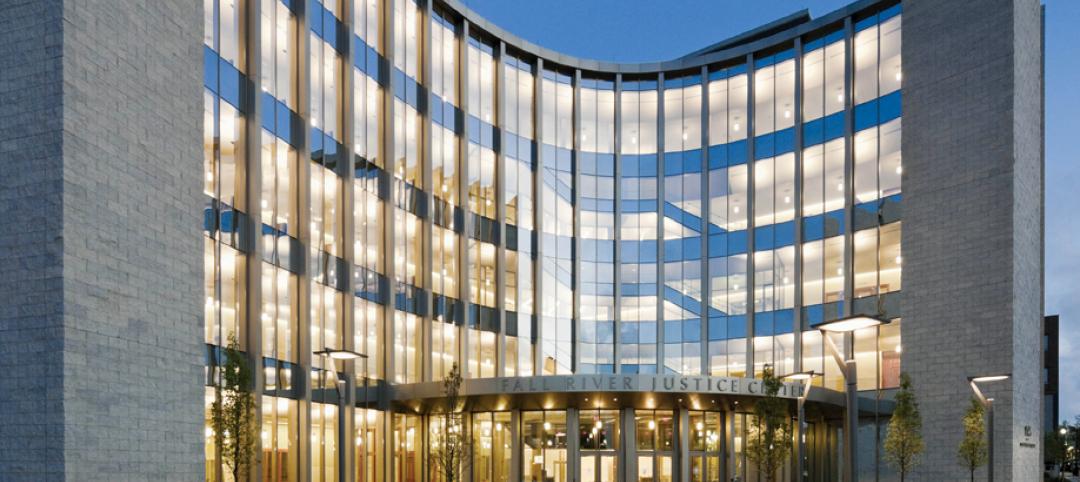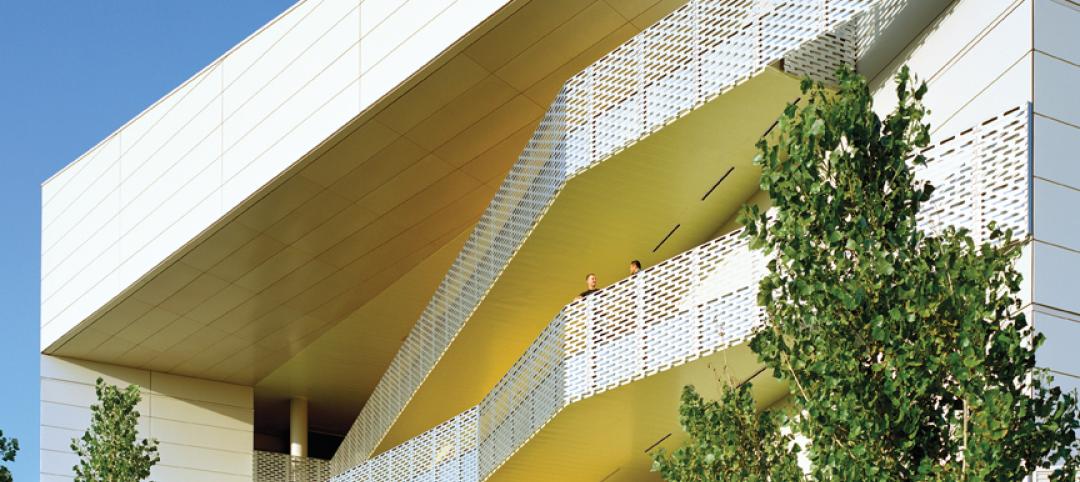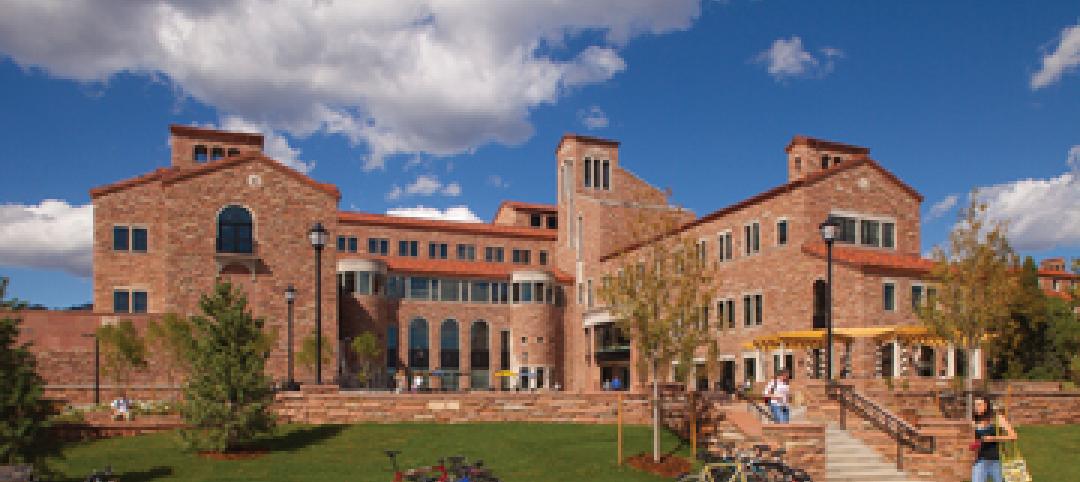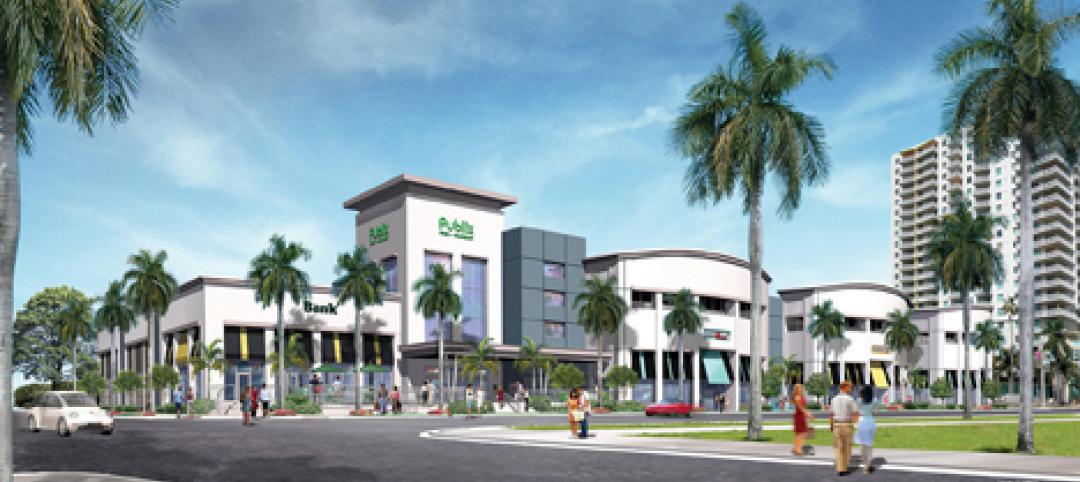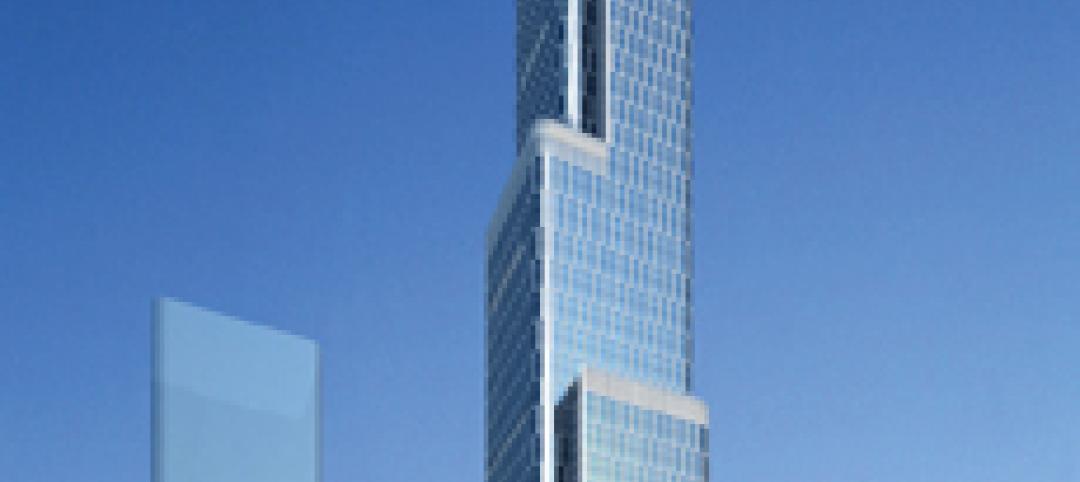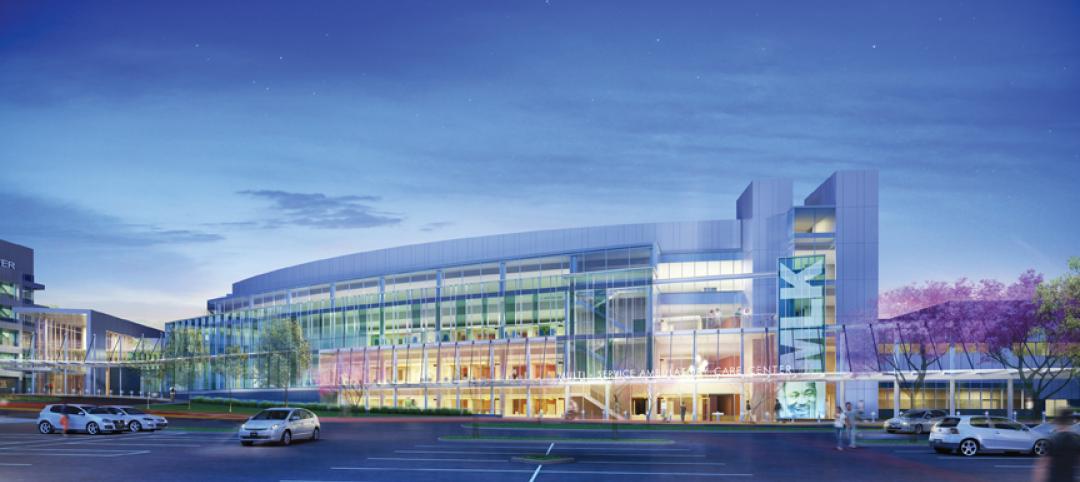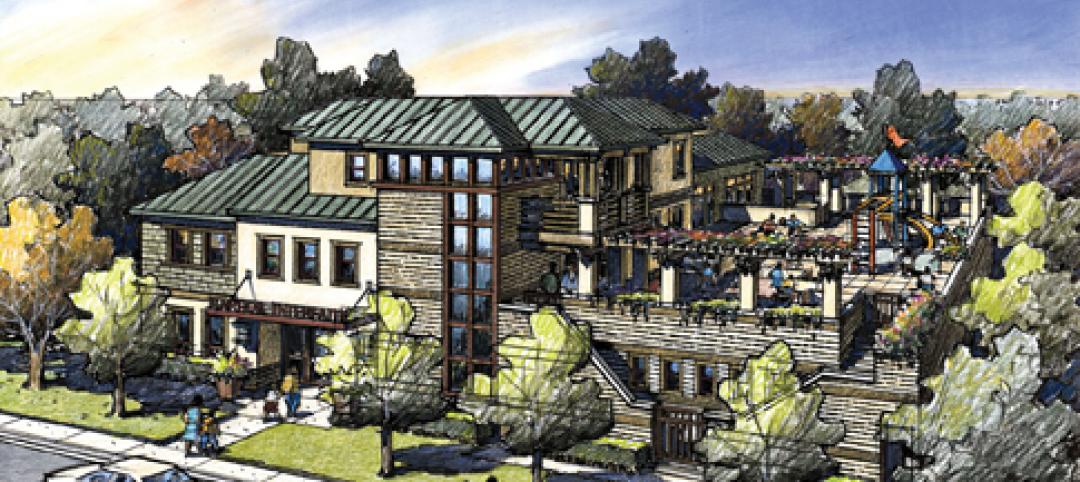Throughout my early life, my father would get up at 4:30 in the morning, six days a week, for his job as a contractor. I knew his work was taxing from seeing his coarse hands and tired eyes after he got home each day, yet he always had the energy to spend time with me. He was my closest friend and confidant, as well as my most influential role model.
In later years, as I began to pursue architecture professionally, he made sure to instill in me a sense of respect toward all workers involved in the building process, from architects and engineers, to contractors and subcontractors. It was important to him that I saw the importance of collaboration between teams, and the value of each person’s unique role and perspective. To him, each individual had ideas worthy of consideration and reward.
My experiences as a young man working side-by-side with him on job sites led to a deeper understanding of the difficulty that comes with working in the trades, and how the best at their craft worked hard to earn their sense of pride.
Using his own drawings, Swartz discusses the importance of construction detailing with his team in the HLW Los Angeles office.
REINSTILLING QUALITY IN CONSTRUCTION DRAWINGS
After 35 years as an architect, one of the things I have come to realize is that we architects need help from the trades in order to improve the quality of construction drawings. The knowledge that contractors and subtrades have is key in creating drawings and details that reflect the best constructed solution. Harnessing a sense of curiosity in the field and asking questions during the building process is one of the best ways to improve one’s understanding of construction, and therefore one’s understanding of architecture.
There have been countless times where I have seen details drawn by architects that ended up being built differently, often in a manner that improved upon the original design while still preserving the original aesthetic goal.
It is also true that contractors need help from architects in order to better understand the goals of a given design. Many times I have witnessed design goals being lost within the process of administration, change orders, RFI’s, and the many operations that go into constructing a building.
We can avoid this predicament if we go into the project supporting our designs with quality construction documents and open communication between teams. If trades workers are going to the job each day knowing their whole team is supporting them, it will inevitably produce the best possible results.
LEARNING FROM OTHER MEMBERS OF THE PROJECT TEAM
The key to all of this is a shared understanding that everyone on the project team can learn from one another. I cannot tell you how many times I have been taught something new by a subcontractor in the field because I was willing to ask questions, and people were usually more than happy to explain what they were doing and why.
Through the consolidation of field knowledge, I have continued to learn long after my days in school. I have likewise made an effort to explain the decision making behind our projects so that the whole project team can both understand our reasoning and gain insight into the design process.
Though no single individual can hold all the knowledge of an entire team, this only proves that it is all the more important for everyone to work together to fill in the gaps. That’s why I always try to be as approachable as possible, so that I can always be exchanging information across teams and across trades.
VALUES THAT ELEVATE THE PROFESSION OF ARCHITECTURE
Every evening when I wrap up my work, I can’t help but wonder if my father would approve of the architect I have become. Although I don’t come home with coarse hands or an exhausted body, I still think he would be proud of my hard-working attitude and my respect for my coworkers. I believe he would acknowledge my attempts to better understand construction and incorporate that into practical solutions for real world designs.
I can only hope he would agree with my practice of prioritizing the quality of construction drawings, along with my belief that imparting those values to my team is the best way to elevate the profession. Undoubtedly, he would have challenged every detail I drew and pushed me even harder to find the best conceivable solutions to any problem.
But I believe that, as a contractor himself, he would have respected my process as a designer, and would have been pleased with the way I collaborate with my team. Occasionally, he might have even thought that I had found a better solution than his.
ABOUT THE AUTHOR
David Swartz, FAIA, IIDA, is a Senior Partner in the Los Angeles office of architecture firm HLW. He would like to thank Kylie McManus for help in editing this essay.
Related Stories
| Feb 11, 2011
Former Richardson Romanesque hotel now houses books, not beds
The Piqua (Ohio) Public Library was once a late 19th-century hotel that sat vacant and deteriorating for years before a $12.3 million adaptive reuse project revitalized the 1891 building. The design team of PSA-Dewberry, MKC Associates, and historic preservation specialist Jeff Wray Associates collaborated on the restoration of the 80,000-sf Richardson Romanesque building, once known as the Fort Piqua Hotel. The team restored a mezzanine above the lobby and repaired historic windows, skylight, massive fireplace, and other historic details. The basement, with its low ceiling and stacked stone walls, was turned into a castle-like children’s center. The Piqua Historical Museum is also located within the building.
| Feb 11, 2011
Justice center on Fall River harbor serves up daylight, sustainable elements, including eucalyptus millwork
Located on historic South Main Street in Fall River, Mass., the Fall River Justice Center opened last fall to serve as the city’s Superior and District Courts building. The $85 million facility was designed by Boston-based Finegold Alexander + Associates Inc., with Dimeo Construction as CM and Arup as MEP. The 154,000-sf courthouse contains nine courtrooms, a law library, and a detention area. Most of the floors have the same ceiling height, which will makes them easier to reconfigure in the future as space needs change. Designed to achieve LEED Silver, the facility’s elliptical design offers abundant natural daylight and views of the harbor. Renewable eucalyptus millwork is one of the sustainable features.
| Feb 11, 2011
Research facility separates but also connects lab spaces
California State University, Northridge, consolidated its graduate and undergraduate biology and mathematics programs into one 90,000-sf research facility. Architect of record Cannon Design worked on the new Chaparral Hall, creating a four-story facility with two distinct spaces that separate research and teaching areas; these are linked by faculty offices to create collaborative spaces. The building houses wet research, teaching, and computational research labs, a 5,000-sf vivarium, classrooms, and administrative offices. A four-story outdoor lobby and plaza and an outdoor staircase provide orientation. A covered walkway links the new facility with the existing science complex. Saiful/Bouquet served as structural engineer, Bard, Rao + Athanas Consulting Engineers served as MEP, and Research Facilities Design was laboratory consultant.
| Feb 11, 2011
A feast of dining options at University of Colorado community center, but hold the buffalo stew
The University of Colorado, Boulder, cooked up something different with its new $84.4 million Center for Community building, whose 900-seat foodservice area consists of 12 micro-restaurants, each with its own food options and décor. Centerbrook Architects of Connecticut collaborated with Denver’s Davis Partnership Architects and foodservice designer Baker Group of Grand Rapids, Mich., on the 323,000-sf facility, which also includes space for a career center, international education, and counseling and psychological services. Exterior walls of rough-hewn, variegated sandstone and a terra cotta roof help the new facility blend with existing campus buildings. Target: LEED Gold.
| Feb 11, 2011
Chicago high-rise mixes condos with classrooms for Art Institute students
The Legacy at Millennium Park is a 72-story, mixed-use complex that rises high above Chicago’s Michigan Avenue. The glass tower, designed by Solomon Cordwell Buenz, is mostly residential, but also includes 41,000 sf of classroom space for the School of the Art Institute of Chicago and another 7,400 sf of retail space. The building’s 355 one-, two-, three-, and four-bedroom condominiums range from 875 sf to 9,300 sf, and there are seven levels of parking. Sky patios on the 15th, 42nd, and 60th floors give owners outdoor access and views of Lake Michigan.
| Feb 11, 2011
Iowa surgery center addresses both inpatient and outpatient care
The 12,000-person community of Carroll, Iowa, has a new $28 million surgery center to provide both inpatient and outpatient care. Minneapolis-based healthcare design firm Horty Elving headed up the four-story, 120,000-sf project for St. Anthony’s Regional Hospital. The center’s layout is based on a circular process flow, and includes four 800-sf operating rooms with poured rubber floors to reduce leg fatigue for surgeons and support staff, two substerile rooms between each pair of operating rooms, and two endoscopy rooms adjacent to the outpatient prep and recovery rooms. Recovery rooms are clustered in groups of four. The large family lounge (left) has expansive windows with views of the countryside, and television monitors that display coded information on patient status so loved ones can follow a patient’s progress.
| Feb 11, 2011
Grocery store anchors shopping center in Miami arts/entertainment district
18Biscayne is a 57,200-sf urban retail center being developed in downtown Miami by commercial real estate firm Stiles. Construction on the three-story center is being fast-tracked for completion in early 2012. The project is anchored by a 49,200-sf Publix market with bakery, pharmacy, and café with outdoor seating. An additional 8,000 sf of retail space will front Biscayne Boulevard. The complex is in close proximity to the Adrienne Arsht Center for the Performing Arts, the downtown Miami entertainment district, and the Omni neighborhood, one of the city’s fast-growing residential areas.
| Feb 11, 2011
Chicago architecture firm planning one of China’s tallest towers
Chicago-based Goettsch Partners was commissioned by developer Guangzhou R&F Properties Co. Ltd. to design a new 294,570-sm mixed-use tower in Tianjin, China. The Tianjin R&F Guangdong Tower will be located within the city’s newly planned business district, and at 439 meters it will be one of China’s tallest buildings. The massive complex will feature 134,900 sm of Class A office space, a 400-key, five-star hotel, 55 condominiums, and 8,550 sm of retail space. The architects are designing the tower with multi-story atriums and a high-performance curtain wall to bring daylight deep into the building, thereby creating deeper lease spans. The project is currently finishing design.
| Feb 11, 2011
Two projects seek to reinvigorate Los Angeles County medical center
HMC Architects designed two new buildings for the Los Angeles County Martin Luther King, Jr., Medical Center as part of a $360 million plan to reinvigorate the campus. The buildings include a 120-bed hospital, which involves renovation of an existing tower and several support buildings, and the construction of a new multi-service ambulatory care center. The new facilities will have large expanses of glass at all waiting and public areas for unobstructed views of downtown Los Angeles. A curved glass entrance canopy will unite the two buildings. When both projects are completed—the hospital in 2012 and the ambulatory care center in 2013—the campus will have added more than 460,000 sf of space. The hospital will seek LEED certification, while the ambulatory care center is targeting LEED Silver.
| Feb 11, 2011
Sustainable community center to serve Angelinos in need
Harbor Interfaith Services, a nonprofit serving the homeless and working poor in the Harbor Area and South Bay communities of Los Angeles, engaged Withee Malcolm Architects to design a new 15,000-sf family resource center. The architects, who are working pro bono for the initial phase, created a family-centered design that consolidates all programs into a single building. The new three-story space will house a resource center, food pantry, nursery and pre-school, and administrative offices, plus indoor and outdoor play spaces and underground parking. The building’s scale and setbacks will help it blend with its residential neighbors, while its low-flow fixtures, low-VOC and recycled materials, and energy-efficient mechanical equipment and appliances will help it earn LEED certification.


